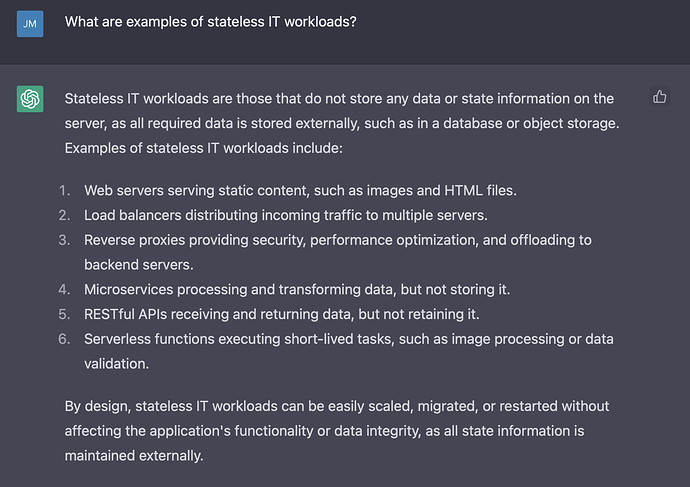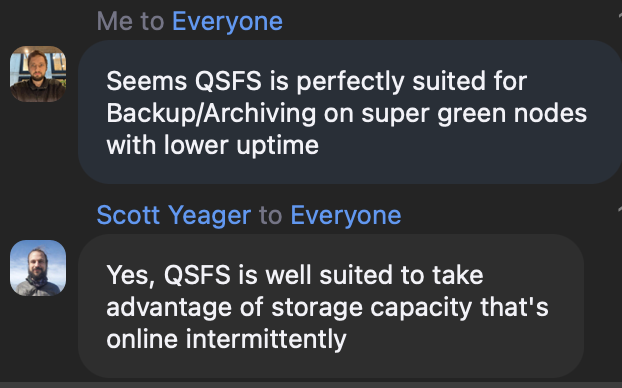Making Green Farming available to more people
I believe there are a couple of things that need to be considered when thinking about how we could make more sustainable farming accessible to people around the globe. In the past I’ve mostly looked at this from my own perspective. But of course not everyone has access to their own wind turbines, solar panels, certified electric meters and a private power grid all together. While I still believe having sustainable energy on a physical level is by far the most environmentally friendly solution and should be incentivised and supported as much as possible, I do agree with @ParkerS who has rightfully pointed out, some already existing classification systems also need to be part of the solution.
There are many different classification systems implemented all over the world. None of them are perfect and comparing them can be a tedious task, but maybe we could all agree on some minimum requirements that a given system should fulfil in order to qualify. I will make some suggestions, the details are of course up for debate.
Minimum Requirements for participating as Green Farmers
-
There must be a measurable and significant planet positive impact. This means simple guarantees of origin alone are not enough, as those by themselves can easily be exploited resulting in nothing else than green washing. For example within Europe it is very cheap to make coal energy “green” on paper and sell it as such, by purchasing guarantees of origins from hydropower plants in Norway. It costs only a fraction of the energy itself to get these certificates, but doing so does not incentivise increased production of renewable energy anywhere.
-
The money that is paid for the electricity to run Green 3Nodes must directly or indirectly incentivise investments in sustainable energy plants so that more green energy will be available in the future. That means that if the majority of the profit that is generated by the sale of the electricity goes into the pockets of conventional energy producers it will not be considered as green.
-
Electricity providers (the ones farmers pay their bills to) that deliver power for green 3Nodes may not participate or make any investments in projects that produce electricity from conventional non renewable energy sources.
-
Accepted classification- and certification systems for sustainable electricity must have certain standards of transparency, so that independent people and organisations are enabled to verify their claimed planet positive impact. Claims that cannot be checked for their validity are empty claims.
Some concrete examples of how certification systems can qualify
-
The energy provider actually buys electricity from a renewable energy generation plant for its green energy customers. This can also be done through an intermediary. So, the electricity and the proof of origin come from the same renewable power plants.
-
A fixed amount per kilowatt hour flows into new renewable power plants, innovative energy projects such as energy storage or smart grids, or into increasing energy efficiency. With this, green energy customers support environmentally sound projects that often would not be realized for purely economic reasons.
-
The classification system is structured in a way, that makes it possible to prove that at least as much renewable energy is produced within the physically connected grid every quarter hour, as the end customers consume at the same time. This one is by far the hardest to achieve.
The requirements that I proposed will make sure that any given and recognized certification system for green farming will have a minimum level of planet positive impact. While energy will most likely not be 100% sustainable on a physical level, at least it will benefit the planet by making sure more green energy will be produced in the future. At the same time more farmers can participate in this, as there are already certification systems out there that fulfil the minimum requirements that I proposed. For example in Germany we have the Grüner Strom label (english website), OK-Power or TÜV-Süd EE02. I am sure many other countries have their own labels with similar standards.
Which ones are accepted for green farming and thus receive higher farming rewards as well as potentially increased utilization due to demand for green cloud computing resources (it exists) will eventually have to be decided by the DAO. I am happy to assist in analyzing and evaluating any certifications that farmers want to have checked for qualification.
Additional adjustments for Super Green Farmers that use 100% physically green energy
Exclusively powering 3Nodes using physically sustainable energy is much harder to achieve than relying on the public grid with electricity of mixed origin and it’s certification systems. At the same time, the way our energy grids are currently structured, it is almost impossible to reach uptimes of more than 90% using renewables alone. There are simply not enough large scale energy storages included in our grids yet. Of course farmers could deploy larger quantities of battery backups themselves, but that would not be the best and certainly not most sustainable solution in my opinion. Instead I once more suggest to lower the uptime requirements for farmers using physically green energy. Uptime data is recorded anyway and it could be presented very publicly for super green nodes on the UI such as the playground, so that capacity consumers on the grid know what they are getting into.
The farmerbot with it’s power management features that is currently being tested on dev-net can be of great help in this endeavor. It can automatically power nodes down and bring them back to life in order to greatly decrease power consumption for under-utilized nodes. The same basic functionality could potentially be used to power nodes down in times of limited availability of sustainable power and bring them back up as soon as green power becomes available again. Depending on the individual circumstances some amount of backup batteries would still have to be deployed. At least enough to power servers down safely, which should not occur more than 0-2 times a day if implemented the right way. On many days of the year there is enough wind to reach an uptime of 100%, especially when combined with solar power and other renewables (hydro being a completely different story).
Of course some minimum monthly uptime still needs to be guaranteed. I originally suggested 90% as this is something that can realistically be achieved, while still giving users enough uptime to deploy a range of suitable workloads. For the real experts out there a combination of gold certified and geographically distributed super green nodes in conjunction with tools such as Kubernetes could even result in highly available and more sustainable IT-Systems.
Potential bonus idea for the future: Using Blockchain to track production and consumption of renewable energy. There are several companies working on this, but thus far I’ve not gotten deep enough into the topic. Example to be found here and some more insight here. Let me know if you think this could be a good potential solution in the future regarding green farming. I’ll try to educate myself further, but for now let’s bring this post to an end.
With the proposed changes to my original GEP draft I hope to enable more people to partake in more sustainable farming (let’s call it green farming) while still preserving the original idea with 100% physically renewable energy, which could be labeled Super Green Farming.
Thanks for staying with me in this long post. Please feel free to comment, criticize and chip in. Especially if you are interested in participating as a green or even super green farmer yourself.







 ).
).